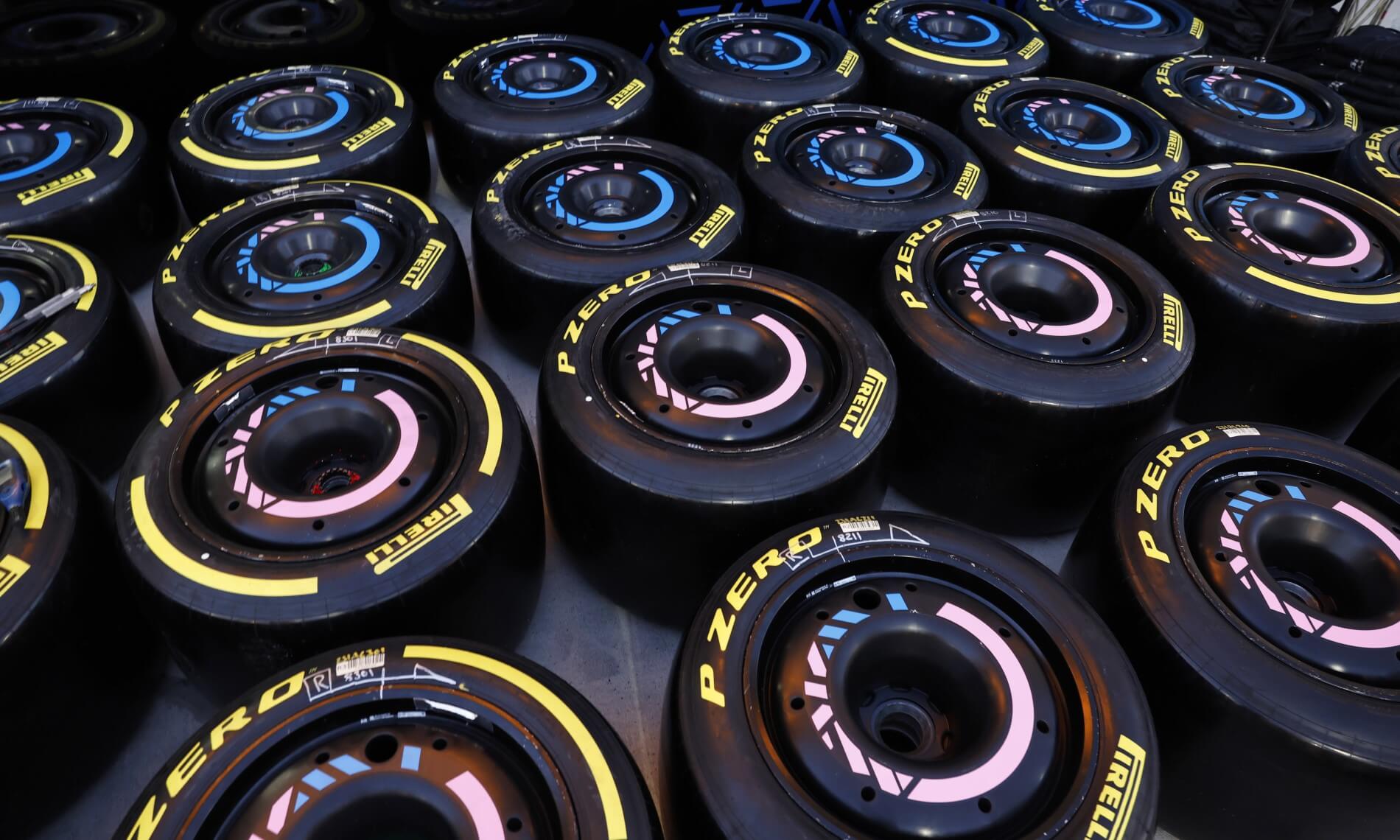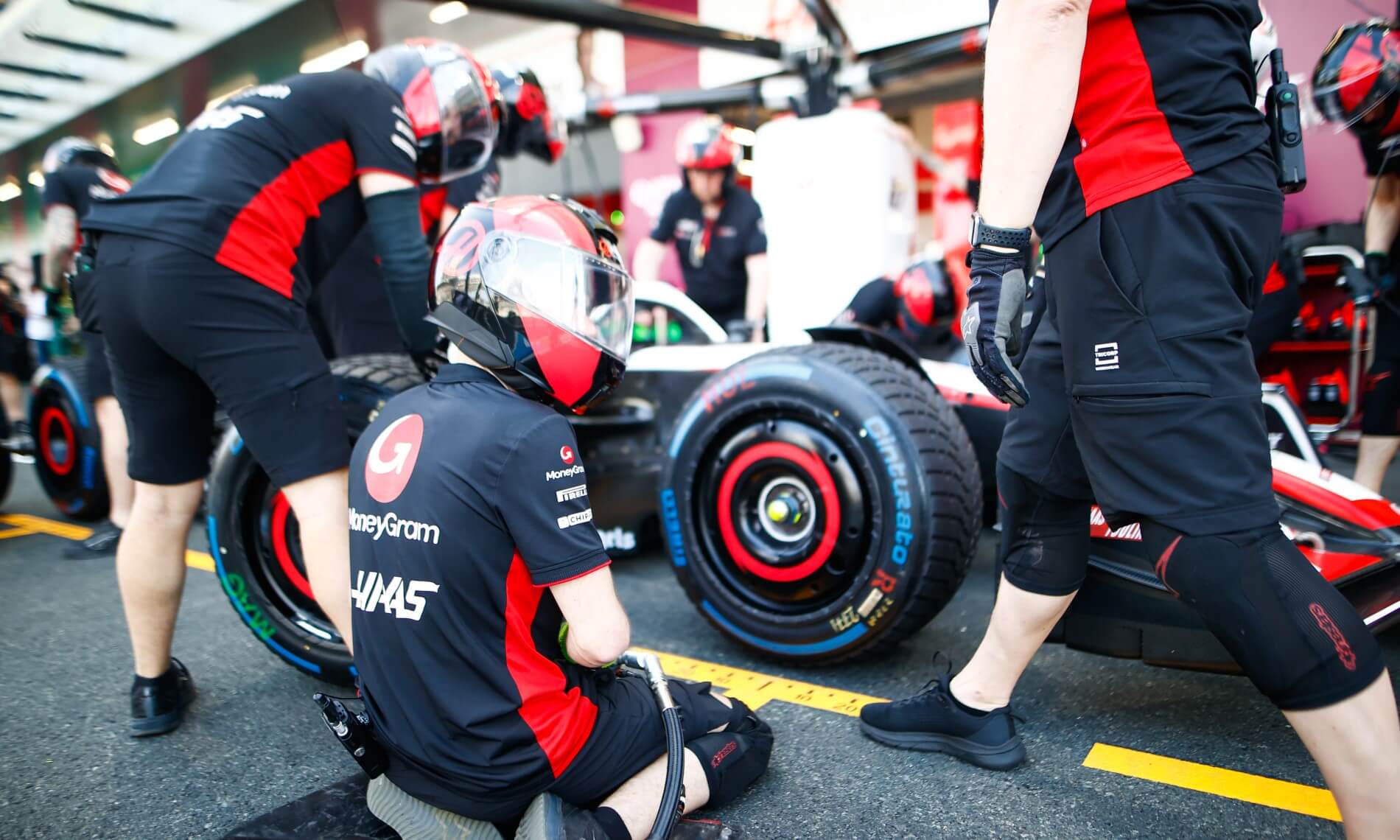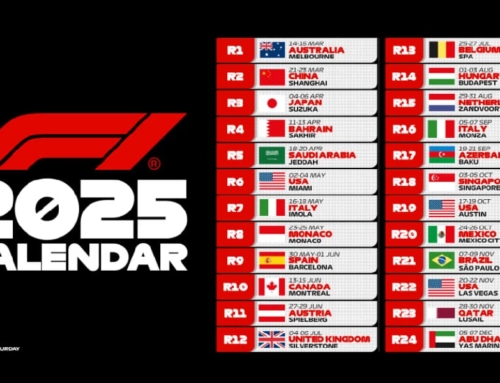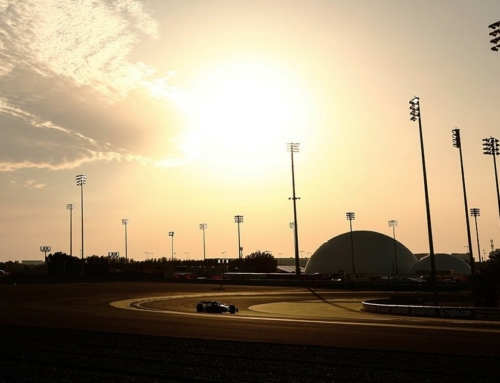Formula 1 is a sport where every detail matters, from aerodynamics and engine performance to pit stop strategies and driver skill. However, one of the most critical factors that can determine the outcome of an F1 race is tyre management.
In this article we will explore the vital role tyre management plays in winning F1 races, the challenges drivers and teams face, and the strategies they employ to gain a competitive edge.
The Importance of Tyre Management in F1
In Formula 1, tyres are the only contact point between the car and the track. The performance and condition of tyres directly affect grip, handling, speed, and overall race strategy. Tyre management involves understanding the characteristics and limitations of different tyre compounds, as well as managing tyre wear, temperature, and pressure throughout the race.
Some key factors that highlight the importance of tyre management in F1 include:
- Tyre Grip: Tyre grip is crucial for cornering, acceleration, and braking. As tyres wear, grip decreases, which can lead to slower lap times and compromised handling.
- Tyre Degradation: Tyre degradation refers to the gradual loss of performance due to wear, heat, and other factors. Proper tyre management helps minimize degradation and prolong tyre life, enabling drivers to maintain a competitive pace throughout the race.
- Race Strategy: Tyre management plays a significant role in determining race strategies, including pit stop timing, tyre compound selection, and driver tactics. Successful tyre management can result in fewer pit stops, faster lap times, and ultimately, race wins.
Understanding Tyre Compounds
Formula 1 teams must choose from a selection of tyre compounds provided by the official tyre supplier, Pirelli. These compounds vary in terms of grip, durability, and ideal operating temperature. Pirelli designates each compound as C1 (hardest) to C5 (softest), with three compounds available at each race: hard, medium, and soft.
Each compound has unique characteristics:
- Hard Tyres: Hard tyres offer lower grip levels but have greater durability and slower degradation rates. They are ideal for long stints and hot track conditions.
- Medium Tyres: Medium tyres strike a balance between grip and durability, making them suitable for a wide range of track conditions and strategies.
- Soft Tyres: Soft tyres provide maximum grip but wear more quickly than harder compounds. They are best for short stints, qualifying sessions, and cooler track conditions.
Drivers and teams must choose the right tyre compound for each race. This must factor in track layout, weather conditions, and race strategy.
Managing Tyre Wear
Tyre wear is an inevitable part of racing, but drivers and teams can minimize its effects through careful management. Key aspects of managing tyre wear include:
- Smooth Driving: Aggressive driving, such as sudden acceleration, heavy braking, or abrupt steering inputs, can increase tyre wear. Drivers must maintain a smooth driving style to preserve their tyres and maintain grip levels.
- Cornering Technique: Proper cornering techniques can reduce tyre wear, particularly on the front tyres. Drivers must optimize their racing lines and avoid excessive steering input to minimize wear.
- Temperature Management: Tyres perform best within a specific temperature range. Drivers must manage their tyres’ temperature by adjusting their driving style, avoiding overheating or underheating the tyres, which can lead to excessive wear.
Tyre Management Strategies
F1 teams employ various strategies to optimize tyre performance and minimize degradation during a race. Some of these strategies include:
- Pit Stop Timing: Teams must decide when to schedule pit stops for tyre changes based on wear, performance, and race strategy. Optimal pit stop timing can help drivers maintain a competitive pace and gain track position over rivals.
- Tyre Compound Selection: Teams must choose the right tyre compounds for each race, considering track layout, weather conditions, and their car’s performance characteristics. Using the right compound at the right time can provide a significant advantage on track.
- Driver Tactics: Drivers can employ various tactics to manage tyre wear during a race, such as adjusting their racing lines, braking points, and acceleration patterns. They must also adapt to changing track conditions and respond to the performance of their rivals to maintain optimal tyre performance.
- Tyre Pressure and Camber Adjustments: Teams can make adjustments to tyre pressure and camber settings to influence tyre wear and performance. These adjustments can help the tyres operate within their ideal temperature range and optimize grip levels.
The Role of Tyre Management in Iconic F1 Moments
Throughout Formula 1 history, tyre management has played a crucial role in shaping the outcome of many races. Here are some iconic moments where tyre management made all the difference:
- 2005 Japanese Grand Prix: Kimi Räikkönen’s incredible drive from 17th on the grid to victory was made possible by his exceptional tyre management. Räikkönen conserved his tyres early in the race, allowing him to push harder in the closing stages and make a memorable last-lap pass for the win.
- 2011 Canadian Grand Prix: Jenson Button’s thrilling victory in a rain-soaked race was a masterclass in tyre management. Button changed tyres six times, adapting to the changing track conditions, and ultimately made the right call to switch to slick tyres just in time to chase down race leader Sebastian Vettel.
- 2019 Brazilian Grand Prix: Max Verstappen’s dominant win at Interlagos was a testament to his tyre management skills. Verstappen managed his tyres throughout the race, allowing him to attack when necessary and defend his lead from a charging Lewis Hamilton.
Conclusion
Tyre management is an essential aspect of Formula 1 racing, with a direct impact on the outcome of races and championships. Drivers and teams must constantly adapt and respond to changing track conditions, tyre wear, and the evolving competitive landscape.
By mastering the art of tyre management, F1 teams can gain a critical edge over their rivals. This leads to thrilling on-track battles and unforgettable moments in the sport’s history. For information on tyre care and maintenance normal road conditions, be sure to visit Radialzone.com.







![2024 Formula One Cars [Gallery]](https://doubleapex.co.za/wp-content/uploads/2024/02/mclaren-mcl38-500x383.jpg)
Leave A Comment